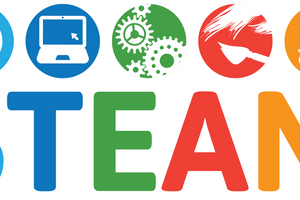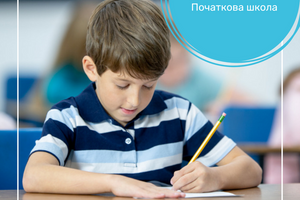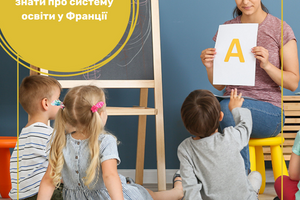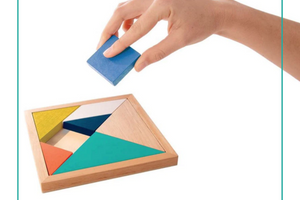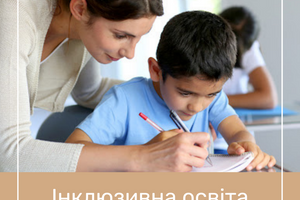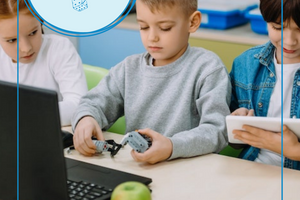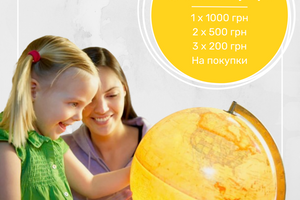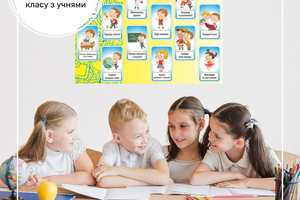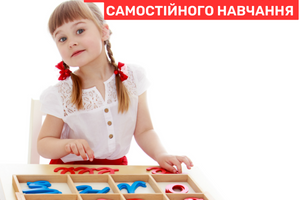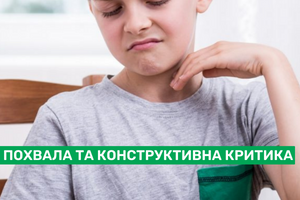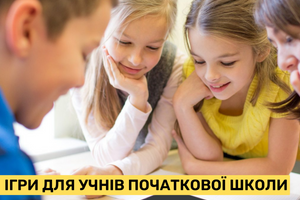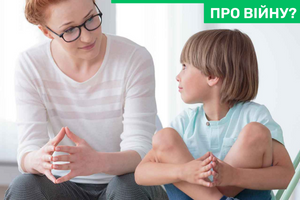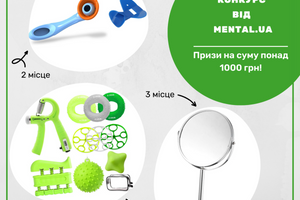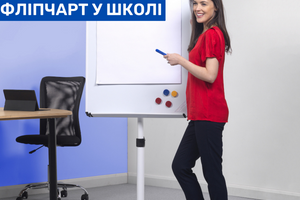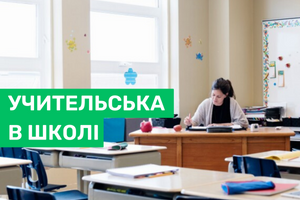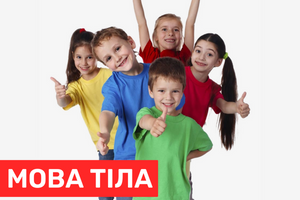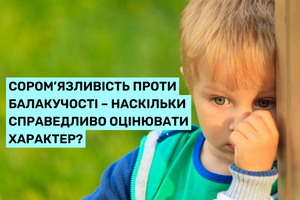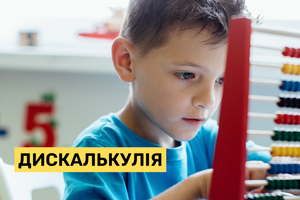Crafts are part of the daily routine in kindergarten, and most children have already made a boat or a swallow. But origami offers much more possibilities than the classics, familiar to almost everyone, and is an art in itself.
In this article, you will learn more about the origins of origami, how it will benefit your children, what materials you will need, and what simple motifs you can use to get started easily.
Content
1. What is origami?
1.1. The origin of origami
1.2. Origami folding technique
2. Origami in kindergarten
2.1. Why is origami useful for children?
2.2. What materials are needed for origami?
2.3. 7 simple origami ideas for kids
3. Origami for advanced students
3.1. 3 complex origami ideas for kids
3.2. Variations of origami
What is origami?
Origami is the art of paper folding. It consists of two Japanese words "oru" - "fold" and "kami" - paper and has a centuries-old tradition in both Asia and Europe.
Origami is a wonderful decoration and a very meditative, sometimes time-consuming hobby. Even beginners can easily create the simplest figures, and there will always be people who create incredible works of art. There are no limits to imagination. If you look at pictures of these creatures online, you'll find everything from detailed insects to moose and armadillos to entire castles.
The origin of origami
Even before the advent of paper, more than two millennia ago, fabrics were folded - even today, e.g. in the art of napkins, as we know from restaurants, or as artistically folded towels in hotels. Since the 14th century, origami has been used in ceremonies of giving gifts to the gods.
In the 16th century, this art form reached Spain and spread throughout Europe based on several traditional motifs. Only in the 20th century did new forms appear, and with them, assembly instructions. Now there are many very complex motifs that take a lot of time and practice to complete.
Interesting fact: Today in Japan and Israel there are schools where origami is taught as an independent subject in theory and practice.
Origami folding technique
In principle, there are two main folds, a mountain fold and a valley fold. As the name implies, a mountain fold projects upward, and a valley fold projects downward. It's very simple to explain: if you fold the paper and unfold it again, you will have a valley fold. If you then turn the sheet over, the valley fold will become a mountain fold.
Origami in kindergarten
It's easy to assemble, fun, requires almost no tools, and offers endless possibilities. Therefore, this technique is a great creative activity for children.
At the same time, origami figures are great for decoration, e.g. in a forest and meadow landscape, as a window or mobile phone decoration. Because many simple motifs require only a few steps, children can practice and perfect individual shapes through repetition. Soon you will have a large family of frogs for your painted pond.
Why is origami useful for children?
Especially for young children, there is no noticeable difference between normal paper folding, e.g. hat, ship or plane and origami figures. This is not necessary, because crafting and building is a lot of fun and promotes cognitive and motor development.
Children benefit, e.g. in the following areas of origami:
Fine motor skills and accuracy
Of course, folding is difficult and trains motor skills. This aspect is especially noticeable in origami: the more steps the figure has, the more inaccuracies become noticeable at the end. Therefore, it is important to place the exact corner to the corner or to place the fold exactly through the center of the sheet of paper.
Patience, concentration and memory
New figures rarely come out immediately, so origami requires some patience. The third or fourth attempt works much better, but concentration is also important to remember the individual steps of the job or to perform them correctly.
Imitation and understanding of the described work steps
If you are shown certain techniques or processes, you can easily imitate them. With increasing practice and a basic understanding of assembly techniques, your children will also be able to get creative using the drawn instructions. This ability will come in handy later in life. We've all given up on building instructions because we lacked a predictable intermediate step or simply couldn't figure out which part of the build we were supposed to use.
Study and recognition of geometric figures
Origami figures are based not only on geometric shapes, but also on symmetry. In this way, children quickly recognize that, for example, a square can be turned into a triangle by simply folding it - which conveniently corresponds to the formula for calculating the area of a triangle.
Communication and group feeling
Not only is it more fun together, but you also learn faster. Especially when making origami in small groups, children exchange ideas, copy individual actions of their neighbors or compare their results. It certainly promotes cohesion, the ability to express oneself and the willingness to cooperate.
What materials are needed for origami?
Classic origami requires only paper, usually a square shape. To begin with, choose larger formats so that small inaccuracies during assembly are not so significant, and your little ones can succeed faster.
It doesn't matter whether you buy square, colored origami paper or cut (colored) paper yourself. Colored paper is, at least in one way, more attractive than white. Here you also have the opportunity to color the paper yourself with your children - or the children can then decorate the figures as they wish.
Some origami instructions use not only the folding technique, but also individual cuts with scissors, e.g. to rounding corners. Depending on the figure, it can be easier than without additional means.
With the help of pencils, your children can draw faces on the ready-made figurines as they wish, and of course all other decorations are allowed.
The glue is great for gluing ready-made figures to a sheet on which your children will draw a wonderful background. You don't need glue for classic origami.
7 simple origami ideas for kids
No master has yet fallen from the sky. It is better to try all the shapes yourself several times in advance until you feel confident. This will give your children the best support and make it easier to understand what steps may be a bit difficult at first.
It is not necessary to be a professional for this - at first origami was not very difficult. It is based on several folding techniques and basic shapes that are repeated over and over again, leading to rapid learning success. As always, the focus should be on entertainment. Perfection is secondary.
We've put together seven simple ideas to get you started. YouTube offers you video tutorials for all shapes using relevant search terms (for example, type "origami fox"). The video shows the folding step by step, mostly without text and/or accompanied by instrumental music. These instructions are perfect for relaxing in a group and also allow children to learn new things at their own pace.
1. The heart
Simple, popular and universal: hearts are made in a minute. For advanced users, there is also a tutorial for 3D hearts. And ready-made hearts also look great on gifts for birthdays, Mother's Day or Father's Day.
2. Fish
This motif is also very beginner-friendly. After folding five colorful fish for an underwater picture, your kids are guaranteed to become great masters.
3. Fox
Eight steps to the ready-made fox: your children are only two minutes away from their first forest inhabitant.
4. Penguin
A little penguin requires twelve steps that even beginners can complete in less than three minutes. This looks especially good with paper that is black on one side and white on the other. But if you don't want to buy origami paper yourself, you have many alternatives.
5. Frog
This is where things get a little more complicated, but the frog can also jump, making it a great toy. Skillful fingers bring a frog to life in two minutes.
6. Box
To begin with, simple cube-shaped boxes are suitable, preferably without lids. If you like something more sophisticated, you can try different geometric shapes with fancy lids. Children invent gift boxes or cardboard boxes in which to store their materials.
7. Airplane
It is closely related to the well-known swallow, but flies much better.
Origami for advanced
If you can engage not only yourself, but also your children in the art of paper folding, you will have enough time to work on more complex shapes. Over the years, children become more skilled and patient, so they naturally want to take on new challenges. If you try something on a whim, you won't overwhelm or disappoint your kids or yourself.
Maybe you'd like some guidance from the experts. On the Internet, you can find many origami fans who are happy to share their knowledge. If some of the designs are actually too complicated for your kids, you can still entertain the audience with a short demonstration. (Didn't we all admire clowns who could bend animals out of balloons when we were kids?)
3 advanced origami ideas for kids
As already mentioned, you can make anything out of paper: lampshades, clothes, mandalas, birds with hundreds of individual feathers, and entire buildings. This includes various origami techniques, some of which we will cover at the end of the article.
However, we will not go that far here. However, we will briefly introduce you to three ideas for more experienced paper artists.
1. Dinosaur
There are many different dinosaur video tutorials, so you can also find simpler versions, from giant herbivores to the infamous T-Rex and pterodactyls. Get inspired online and get started.
2. Crane
According to Japanese legend, whoever stacks a thousand cranes will be granted a wish, and in fact there are well-known examples of people who have attempted to do so. Regardless of the fulfillment of wishes, the crane is a traditional origami figure, although it is not simple. In fact, the individual intermediate steps create attractive shapes that children can stick on the poster as decorations.
3. A moving snail as a fidget
The guide may seem daunting because of the number of steps, but the steps are repetitive, so getting the sequence right is more of a challenge. The result is even more convincing because when you tap your finger on the snail shell, the snails move, so the snail race can begin.
Variations of origami
Origami has many subcategories and variations, some of which are very different from each other or require additional help. We will introduce you to a few of them here.
Kirigami: Refers to the art of paper cutting. Use scissors or a cutter to create imaginary shapes, e.g. three-dimensional maps, decorations or ornaments.
McWigham: Artists here do without any aids. Everything is allowed with the hands: crumple, connect, tear and even fold, as in classic origami.
Kusudama: This involves gluing folded shapes together to form a ball. "Kusudama" means "medicine ball". Depending on how many individual parts are used and what they are made of, more or less complex structures are created that are great for decoration.
Tessellation: This English term means "tessellation" and is an art form that involves turning a sheet of paper (or dozens) into a flat, composite image with repeating patterns. This creates fascinating structures that show how much practice, time and love went into them.
• Kinetic origami: based on moving structures. Stacked objects can move. The changing colors create a real eye-catcher, which is also good for wall decoration.









